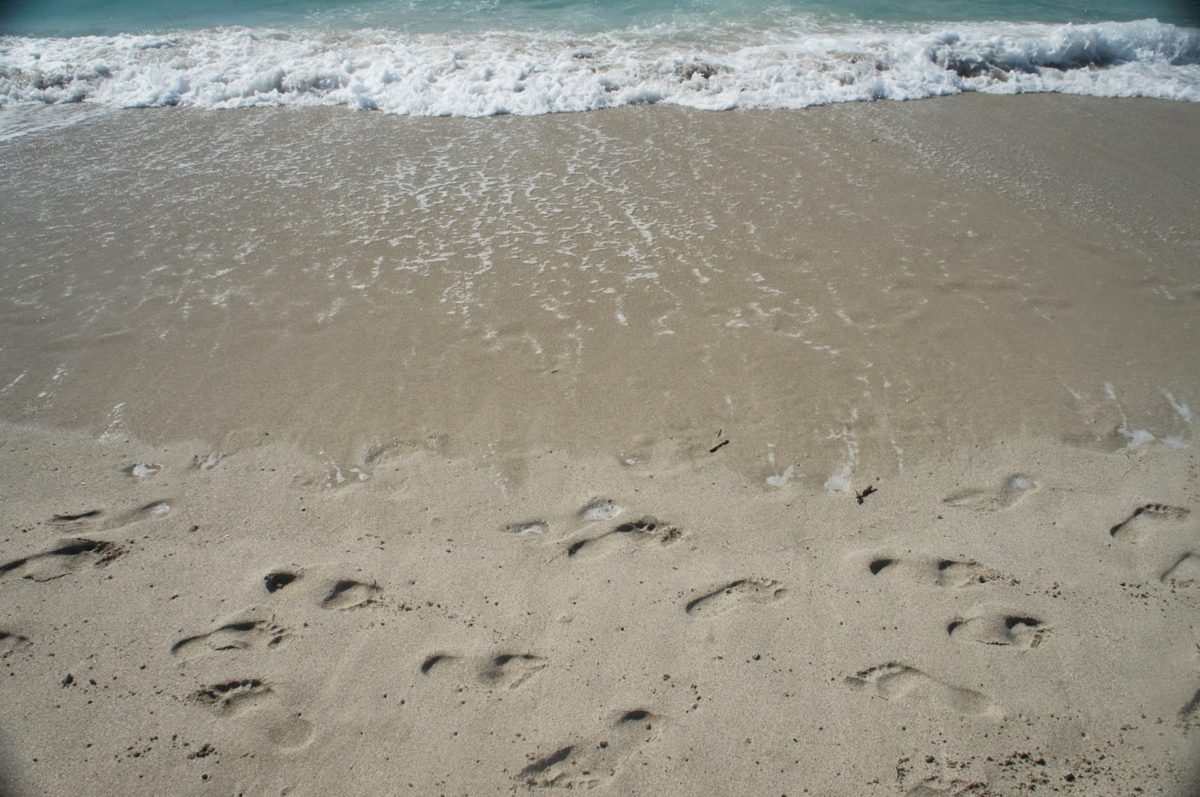

Two alternatives are listed in the newsletter. Army Corps of Engineers (USACE) for the purposes of: 1) protecting roads, highways, bridges, ferry terminals, electrical transmission facilities, and other public transportation facilities 2) repairing island damages, including breaches, that affect transportation or infrastructure and 3) restoring habitat through the placement of dredge materials along eroded sections of barrier islands.” States the newsletter, “the NPS has developed preliminary alternatives relative to requests to issue special use permits from agencies including the North Carolina Department of Transportation (NCDOT), Dare and Hyde counties and the U.S. ¾ Benthic Organisms and Essential Fish Habitat ¾ Littoral Processes and Barrier Island Morphology The Public Scoping Newsletter provided with the announcement has additional information.īased on discussions among the planning team and subject matter experts, a preliminary list of impact topics has been developed that will be analyzed in detail in the EIS:

#SEASHORE ON THE SAND REGISTRATION#
Virtual meeting registration links are available at. ¾ Public Scoping Webinar 4: April 23, 5:30 to 6:30 p.m. Virtual Public Scoping Meetings are planned for April as follows: Deadline to submit comments is May 10, 2020.

The public is invited to attend these meetings to learn more about the scope, issues and alternatives, ask NPS representatives questions and provide comments.Ĭomments are to be submitted electronically at, the preferred method, or mailed to Superintendent, Cape Hatteras National Seashore, 1401 National Park Drive, Manteo, NC 27954. The April 10 publication of the Notice of Intent in the Federal Register initiates the formal National Environmental Policy Act process and begins a 30-day public scoping period.Īs part of the public scoping process, the NPS will host four virtual meetings via webinar. As part of the EIS process, the park service will collaborate with several cooperating agencies, including the Army Corps of Engineers, the Bureau of Ocean Energy Management, Dare County, the Fish and Wildlife Service, Hyde County, the North Carolina Department of Transportation and the North Carolina Wildlife Resources Commission.


 0 kommentar(er)
0 kommentar(er)
